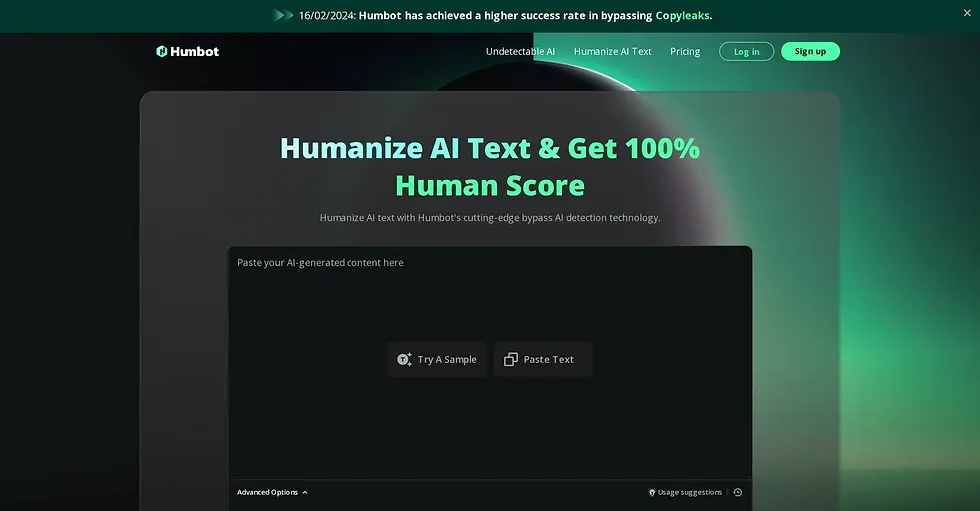Deepfake Deception: How AI is Rewriting Reality
The artificial intelligence boom took the tech industry by surprise. The implementation of AI resulted in numerous positive outcomes, such as significant advancements in key technologies and the development of impressive tools that previously seemed like science fiction. But, as with any powerful tool, there's always someone figuring out how to use it for chaos. Enter deepfakes—AI-generated digital illusions so convincing that even the most skeptical among us might do a double-take.
What Are Deepfakes, and Why Should We Care?
Deepfakes use AI-driven neural networks to manipulate images, videos, and audio, producing hyper-realistic media that can make it appear like someone said or did something they never actually did. Sounds like a cool trick, right? Until you realize bad actors are already exploiting this technology to spread misinformation, commit fraud, and manipulate public opinion.
Imagine a video of your favorite celebrity endorsing a sketchy investment opportunity. You might laugh and think, ‘No way that's real.’ But what if it's a video of your boss telling you to wire money to an unknown account? Still funny? Not so much.
The Rising Threat: Deepfakes in Scams and Misinformation
Scammers have leveled up. It used to be easy to spot phishing emails riddled with typos, but now we have deepfake audio impersonating CEOs, video footage that looks convincingly real, and even AI-generated virtual personas chatting in real-time.
Here are just a few ways deepfakes are being used maliciously:
- Financial Fraud: Deepfake technology has already been used to impersonate executives in video calls, leading to unauthorized transactions.
- Political Manipulation: AI-generated videos can spread false information about candidates, influencing elections and public opinion.
- Social Engineering Attacks: Voice deepfakes convincing someone to share sensitive details over a phone call are becoming scarily common.
- Reputational Damage: False videos aimed at defaming individuals or organizations can spread like wildfire before the truth even has a chance.
How Good Are These Deepfakes?
If you're thinking, ‘Surely, I can spot a deepfake,’ don't be so sure. Early deepfakes were sort of like bad CGI—good enough to get laughs, bad enough to be obvious. But machine learning models have only grown more sophisticated. Today, AI-generated faces can blink, show natural facial motion, and even sync perfectly with dubbed audio.
Still confident in your ability to detect one? There's only one way to find out—test yourself against AI. Try searching for deepfake detection tools online and see how many you can correctly identify.
Fighting Back: Can We Stop Deepfake Deception?
It's not all doom and gloom. Researchers and tech companies are working hard to develop ways to detect and mitigate deepfakes. Here are a few potential defenses:
- AI-Powered Detection Tools: Ironically, the best way to spot an AI-generated deepfake is with AI itself. Detection algorithms analyze inconsistencies in videos and audio.
- Digital Watermarking: Embedding metadata or cryptographic signatures in legitimate videos can help verify authenticity.
- Legislation and Policies: Governments are beginning to recognize the threat, drafting laws to combat the malicious use of deepfake tech.
- User Awareness: Staying skeptical of digital media and verifying suspicious content from multiple sources can reduce the impact of misinformation.
Should We Panic… or Prepare?
Alright, the robots aren’t taking over (yet), but they are getting really good at mimicking us. Instead of panicking, we need to adapt. If you're a developer or AI enthusiast, maybe it's time to think about the ethical implications of your work. Should AI-generated content have mandatory disclosure? Should platforms be required to screen for deepfakes? And most importantly—how do we keep ourselves from falling for scams?
The battle between deepfake creators and deepfake detectors is only just beginning. Let's hope the good guys stay ahead, or we might need a new way to prove we’re even real. Thoughts?
Get to know the latest AI news
Join 2300+ other AI enthusiasts, developers and founders.
Related AI Tools
- CommentsShare Your ThoughtsBe the first to write a comment.

%20(1).webp)
.webp)








.webp)






.webp)



.jpg)

